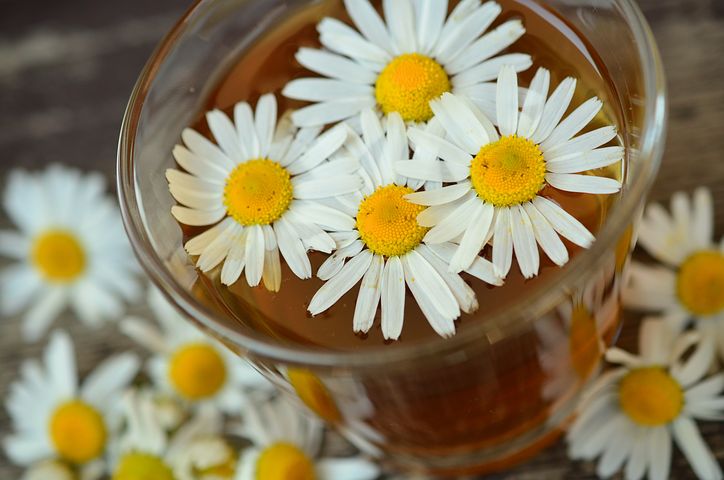Cultivating a Medicinal Herbs Garden: Harnessing Nature’s Pharmacy
In today’s quest for holistic health solutions, more people are turning to medicinal herbs and plants to complement modern medicine. Establishing a medicinal herbs garden at home not only provides easy access to natural remedies but also connects us deeply with the healing power of nature.
Exploring the Benefits of Medicinal Herbs
Read the full article at buzznws.com ⬇️

Medicinal herbs, known for their therapeutic properties, have been used for centuries across various cultures. From soothing digestive issues with peppermint and chamomile to boosting immunity with echinacea and elderberry, these plants offer a diverse array of medicinal benefits. Integrating them into your garden allows for a sustainable and organic approach to healthcare.
Creating Your Own Medicinal Garden
Designing a medicinal garden involves selecting herbs that thrive in your climate and soil conditions. Popular choices include lavender for relaxation, garlic for immune support, and aloe vera for skin healing. These plants not only serve as natural medicine cabinets but also attract beneficial pollinators, enhancing biodiversity in your garden ecosystem.
Calendula:

Calendula is one of my top five favorite herbs of all time. It’s sunny yellow or orange face can’t help but make me smile. In summer time, it grows like crazy, just about anywhere, and like other flowers, the bees love it.
Calendula has some super skin healing and strengthening properties, and I always have some infusing in olive oil in a sunny window for use in salves, soaps, and other body products. In fact, you can see the beautiful yellow color it made the soap in this soap recipe.
Calendula is also edible, and it’s so fun to toss some blooms in your salad! It really brightens things up and adds excellent color. I love Calendula.

Calendula just makes you smile.
Cayenne:
Here is another herb I think should be in every garden. Cayenne is a very hot and pretty red pepper with some excellent culinary uses for adding spice to foods.
It’s also great for helping with circulatory problems, can be used to help stop bleeding, since it’s a hemostatic herb, and has been shown to be useful in helping slow or even stop a heart attack until help can arrive.
It’s also a very attractive plant, and the bright red of the pepper is just gorgeous mixed Into the dark green of the plant’s leaves. This is one herb you should definitely grow if you can, and have handy in your herbal medicine chest.
Also, here is a recipe that uses Cayenne: How to Make a Natural Decongestant that Really Works, and you may also enjoy How to Make Fire Cider and How to Make a Pain Relief Salve for Joints and Back.
Harvesting and Using Medicinal Herbs
Harvesting herbs at their peak ensures potency. Whether drying leaves for teas, making tinctures, or infusing oils, the possibilities for using medicinal herbs are vast. Incorporating these preparations into your daily routine supports overall well-being and reduces reliance on synthetic medications.
The Role of Medicinal Plants in Modern Medicine
In recent years, scientific research has validated many traditional uses of medicinal herbs, leading to their integration into mainstream healthcare practices. Herbs like turmeric and ginger are recognized for their anti-inflammatory properties, while ginseng and valerian root are valued for their calming effects.
Conclusion
Cultivating a medicinal herbs garden is not just about growing plants; it’s about nurturing a relationship with nature’s pharmacy. By embracing herbs and plants as natural medicine, we empower ourselves to take charge of our health in a sustainable and holistic way. Whether you’re a seasoned gardener or new to herbalism, starting a medicinal garden offers endless opportunities to explore the healing wonders of plants and integrate them into your everyday life.





